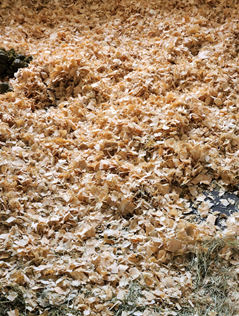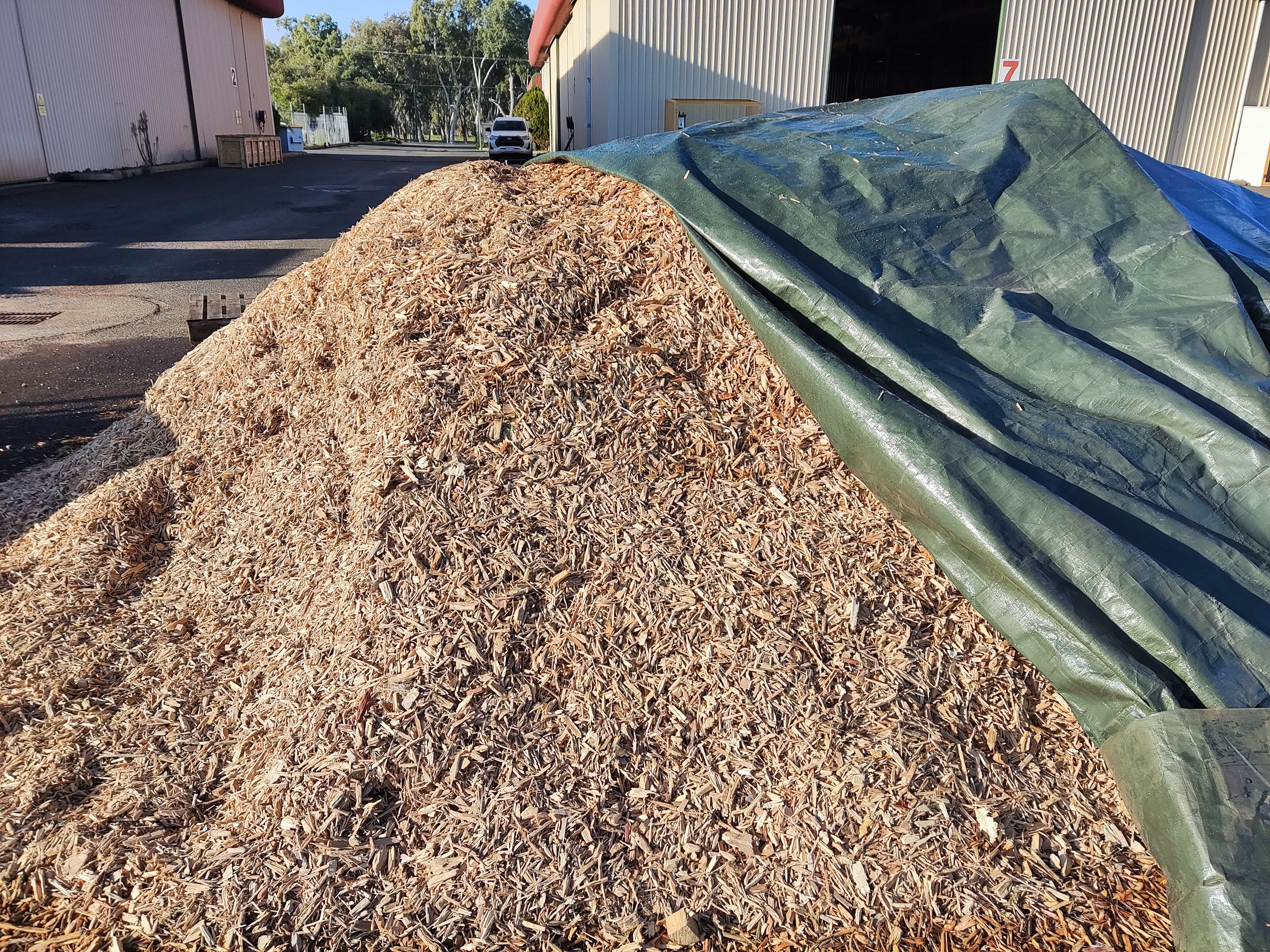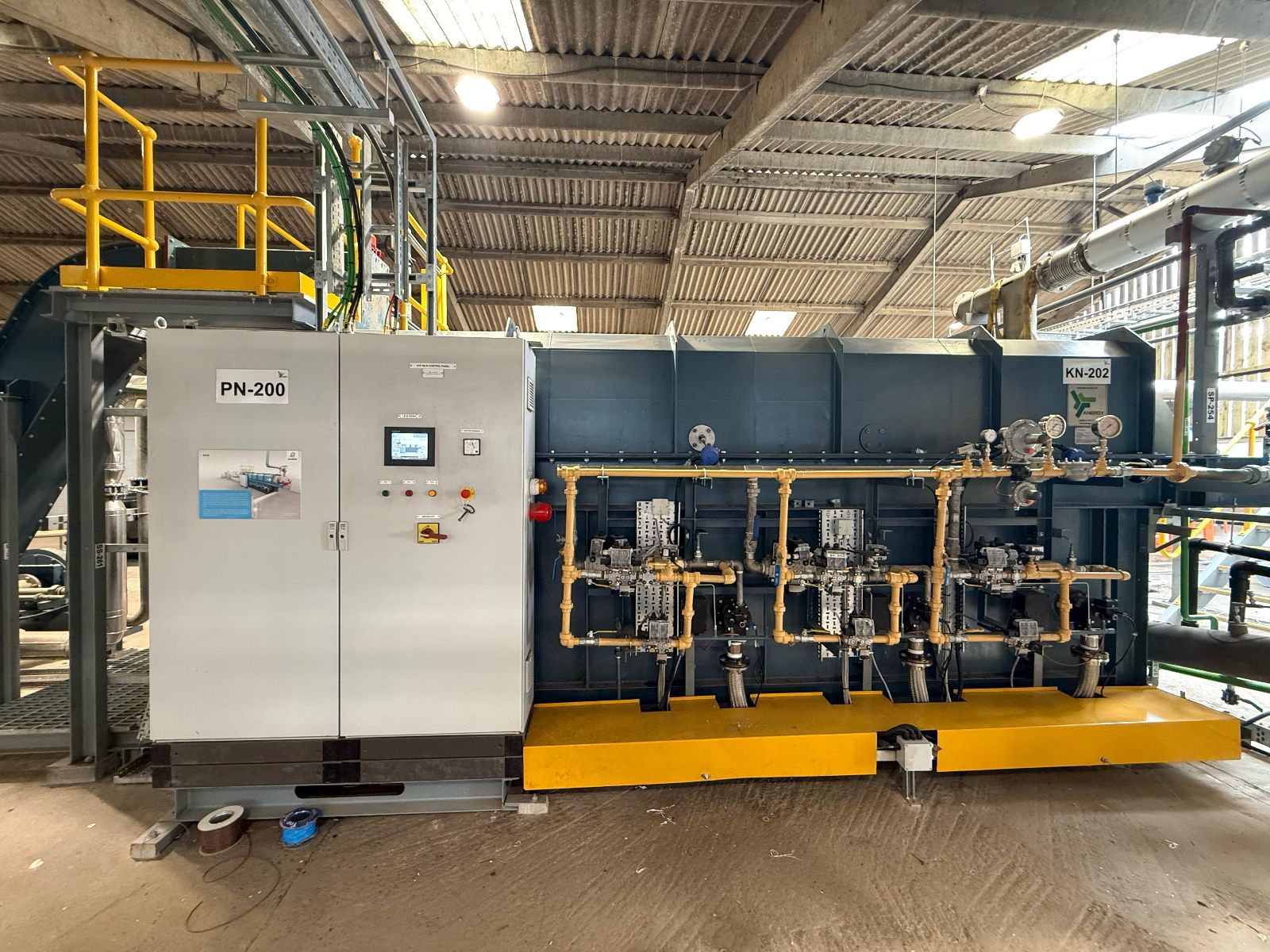Biomass waste that is produced from agricultural, forestry, industrial activities, etc., are often considered as waste. However, these materials can be converted into useful energy, fuels and other valuable products. Pyrolysis offers a pathway to produce biochar and energy which helps in decarbonisation and produce a greener renewable energy.
Biomass pyrolysis is thermal process that chemically breaks organic material down in accordance with its chemical structures. The fixed carbon and ash content of the organic materials will remain as solid whereas the volatile content of the bio materials will be released as a gas mixture.
 |
The solid product is known as biochar. Biomass which has a relatively high fixed carbon content is a good source for biochar production. The gas product is known as syngas. The syngas can be converted into other useful forms such as electricity or fuels. The condensable part of the syngas is known as pyrolysis bio-oil or tars which are generally produced in conventional pyrolysis processes. The higher the temperature of the pyrolysis, the more chemical breakdown of the material will occur resulting in a more stable biochar and the less condensable portion of the syngas that will be produced giving a richer syngas. |

Anergy’s patented High Temperature Pyrolysis (HTP) allows for a more thorough chemical decomposition of the biomass feed. Compared to conventional biomass pyrolysis, biomass HTP allows for reduced tars, emissions and improved product quality.

Anergy’s Biomass HTP offers several advantages over conventional biomass pyrolysis, including both environmental and economic benefits. The reliance on biomass as feedstock allows the process to support, but not limited to, cleaner energy production, carbon sequestration and sustainable waste management. These benefits are further outlined in the sections below.
The absence of oxygen in the process allows biochar to be produced. The oxygen that is present in gasification and incineration will consume and oxidise the fixed/organic carbon content of the material to maintain the high operating temperature.
The biochar produced from the pyrolysis process can be sequestered into the soil. The biochar can potentially hold the carbon for centuries, thus slowing down the release of greenhouse gases into the environment. Thereby helping to slow down the global warming process.
One tonne of biochar from biomass is estimated to be equivalent to about a minimum of 2.5 tonnes of CO2e.
Biomass that is left unutilised in landfill will release greenhouse gases in the form of methane which is about 36 times of CO2e.
It would be much beneficial to utilise the biomass waste to produce energy or heat that would otherwise come from fossil fuels.
Trees or plantation that have been cut down can be replanted making it a renewable energy resource.
The biomass that otherwise would be piling up in the landfill would be put to good use to be converted into useful products such as energy, heat and biochar.
The biochar that is sequestered in soil could potentially be impregnated with nutrients for plant growth and able to hold the nutrients for a longer period.
Clearing of the plantation / deforestation will involve land / soil erosion. The sequestered biochar will minimise the impact of the soil erosion and at the same time maintain the land level that would otherwise be eroded.